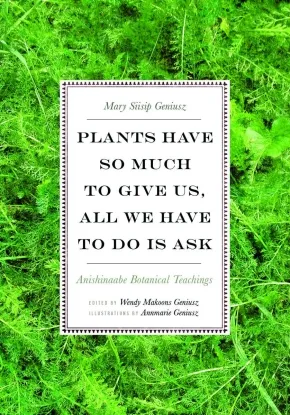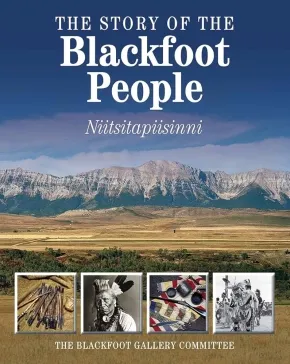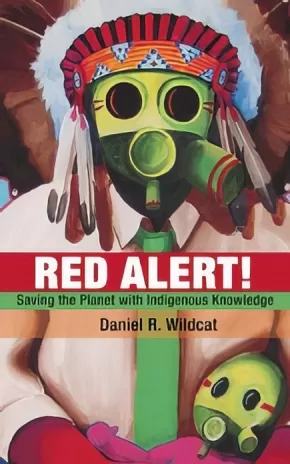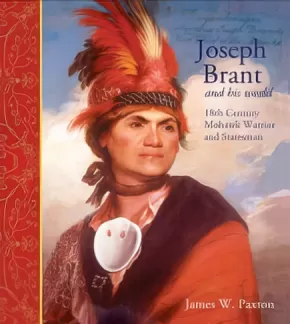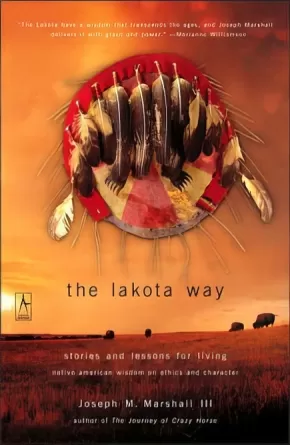Native American
Synopsis:
Mary Siisip Geniusz has spent more than thirty years working with, living with, and using the Anishinaabe teachings, recipes, and botanical information she shares in Plants Have So Much to Give Us, All We Have to Do Is Ask. Geniusz gained much of the knowledge she writes about from her years as an oshkaabewis, a traditionally trained apprentice, and as friend to the late Keewaydinoquay, an Anishinaabe medicine woman from the Leelanau Peninsula in Michigan and a scholar, teacher, and practitioner in the field of native ethnobotany. Keewaydinoquay published little in her lifetime, yet Geniusz has carried on her legacy by making this body of knowledge accessible to a broader audience.
Geniusz teaches the ways she was taught—through stories. Sharing the traditional stories she learned at Keewaydinoquay’s side as well as stories from other American Indian traditions and her own experiences, Geniusz brings the plants to life with narratives that explain their uses, meaning, and history. Stories such as “Naanabozho and the Squeaky-Voice Plant” place the plants in cultural context and illustrate the belief in plants as cognizant beings. Covering a wide range of plants, from conifers to cattails to medicinal uses of yarrow, mullein, and dandelion, she explains how we can work with those beings to create food, simple medicines, and practical botanical tools.
Plants Have So Much to Give Us, All We Have to Do Is Ask makes this botanical information useful to native and nonnative healers and educators and places it in the context of the Anishinaabe culture that developed the knowledge and practice.
Additional Information
344 pages | 7.00" x 10.00" | Paperback
Synopsis:
For the first time in history, the Blackfoot people share their culture, beliefs and traditions with the rest of the world.
In an innovative partnership with the Glenbow Museum in Calgary, Alberta, a team of elders and spiritual leaders from the Blackfoot community agreed to share their history, traditions and artifacts in an effort to document their lives. The Story of the Blackfoot People: Nitsitapiisinni is the first piece of permanent documentation written by the leaders of the Blackfoot community about their lives both past and present.
This book chronicles all the important aspects of Blackfoot life and history. The book begins by exploring the fundamental belief systems of the Blackfoot including their traditional stories, sacred places, dances and ceremonies. Strong relationships are recognized by the Blackfoot as one of the most important keys to survival and the roles of men, women, children and elders, and their sacred connection to nature and their environment, are examined in detail. Less harmonious relationships are also candidly explored including relations between the Blackfoot people and the governments of the United States and Canada. In its moving conclusion, the Blackfoot community discusses the importance of uniting ancient traditions with modern challenges in order for their legacy to survive.
Revealing the enduring strength and fortitude of spirit of the Blackfoot people, this book will have meaning for both native and non-native readers alike.
Authenticity Note: This work is labelled as containing Authentic Indigenous Text because of the contributions from elders and other Indigenous peoples.
Synopsis:
"What the world needs today is a good dose of Indigenous realism," says Native American scholar Daniel Wildcat in this thoughtful, forward-looking treatise. The Native response to the environmental crisis facing our planet, Red Alert! seeks to debunk the modern myths that humankind is the center of creation and that it exerts control over the natural world.
Taking a hard look at the biggest problem that we face today-the damaging way we live on this earth-Wildcat draws upon ancient Native American wisdom and nature-centered beliefs to advocate a modern strategy to combat global warming. Inspiring and insightful, Red Alert! is a stirring call to action.
Additional Information
128 pages | 5.10" x 8.10"
Synopsis:
Joseph Brant was a promising but undistinguished Mohawk warrior living in upper New York State. He became an innovative, influential leader and spokesperson for First Nations, whose support for Britain during the American Revolution led to their resettlement in Upper Canada along the Grand River. Their descendants live today on the large Six Nations Reserve alongside the Grand, south of Brantford in southwestern Ontario.
This new, illustrated biography of Brant reflects recent research into the political, social and cultural background of his life. Author James Paxton rejects the interpretation of earlier biographers, who depicted Brant as a man who belonged neither to the "Indian" or the "white" world. Paxton shows that Brant was fully Mohawk, with Iroquoian values that stressed the interdependence of people. He stands as the product of a unique, multicultural 18th-century community in the Mohawk Valley, New York.
Using skill and diplomacy and his dense network of relationships and alliances, Brant attempted to ensure the ongoing social, economic and political autonomy of the Six Nations in their new Canadian territory.
The events of Brant's day impinge directly on our own. It would be hard to imagine the standoff at Caledonia had Brant not led the Six Nations to the Grand River area and then invited Loyalists to settle among them. Yet, in 1784, Mohawks and Loyalists envisioned a different sort of community, one bound by history, common interest and shared practices. At a time when First Nations' claims against the government promise to become more numerous and confrontational, this book encourages us to consider the inclusive and multicultural legacy of Joseph Brant.
Additional Information
96 pages | 8.26" x 9.01"
Synopsis:
Joseph M. Marshall’s thoughtful, illuminating account of how the spiritual beliefs of the Lakota people can help us all lead more meaningful, ethical lives.
Rich with storytelling, history, and folklore, The Lakota Way expresses the heart of Native American philosophy and reveals the path to a fulfilling and meaningful life. Joseph Marshall is a member of the Sicunga Lakota Sioux and has dedicated his entire life to the wisdom he learned from his elders. Here he focuses on the twelve core qualities that are crucial to the Lakota way of life--bravery, fortitude, generosity, wisdom, respect, honor, perseverance, love, humility, sacrifice, truth, and compassion. Whether teaching a lesson on respect imparted by the mythical Deer Woman or the humility embodied by the legendary Lakota leader Crazy Horse, The Lakota Way offers a fresh outlook on spirituality and ethical living.
Additional Information
256 pages | 4.88" x 7.76"

